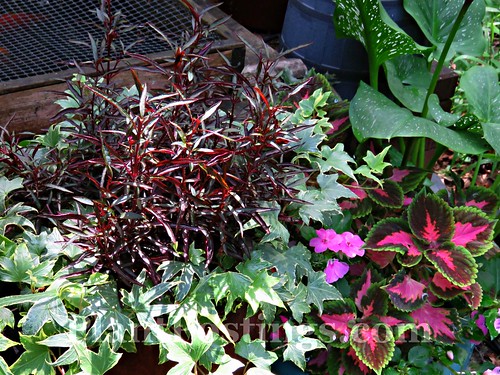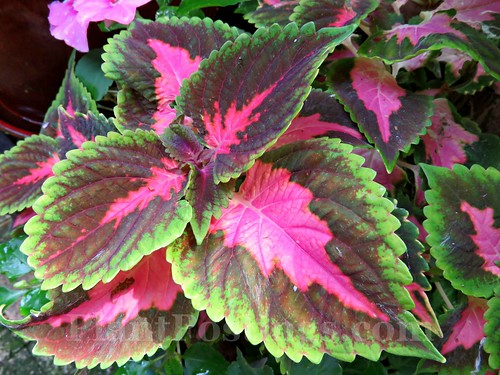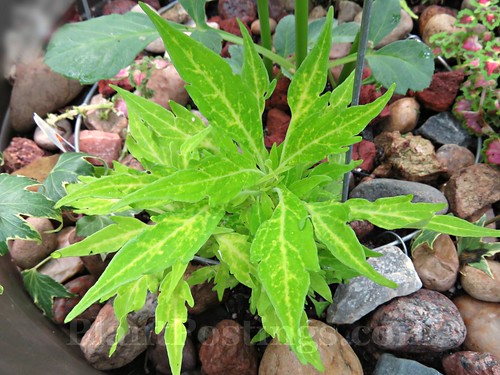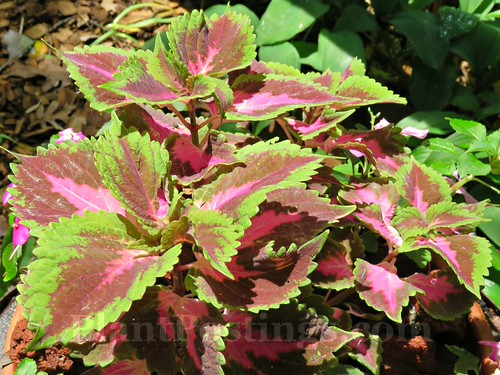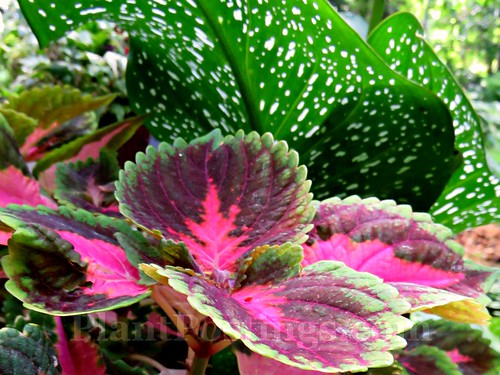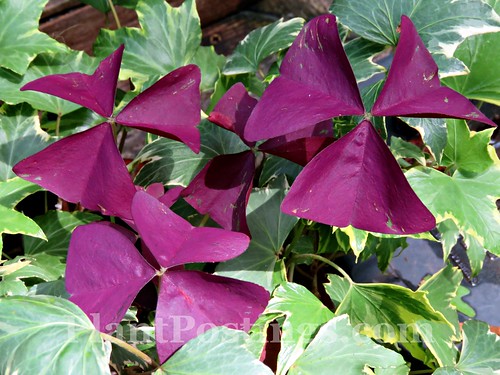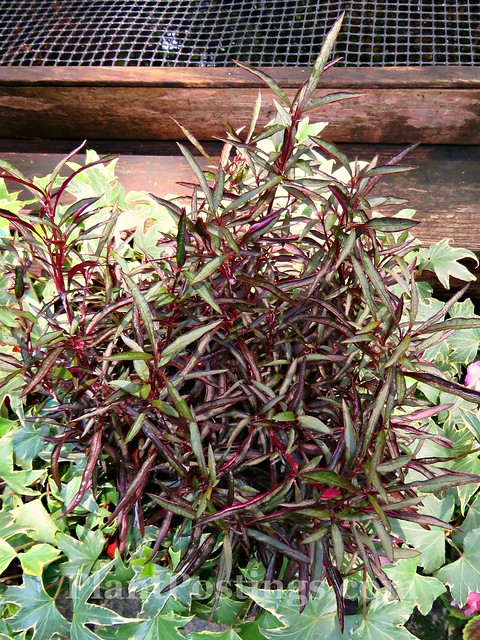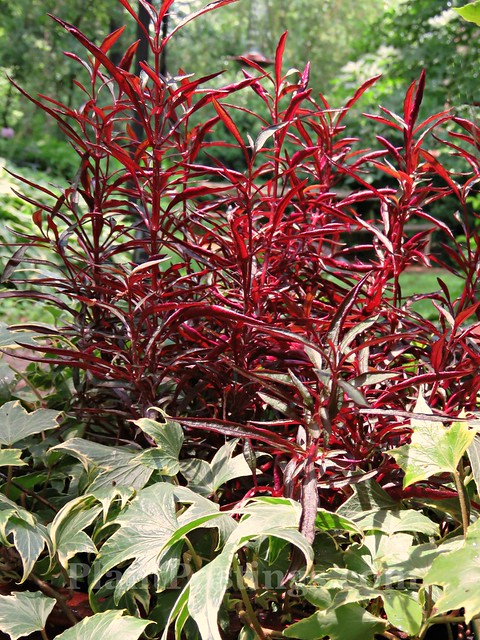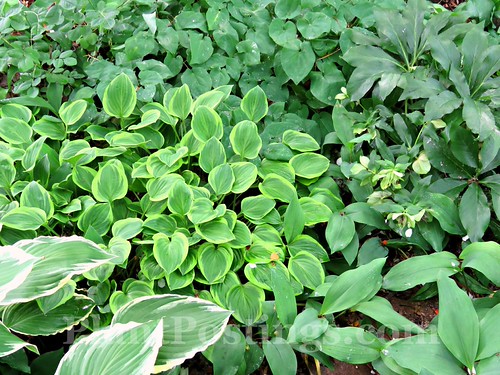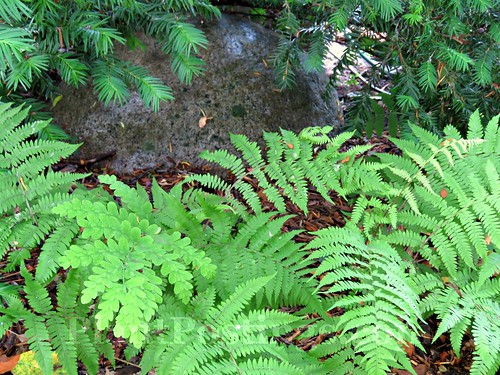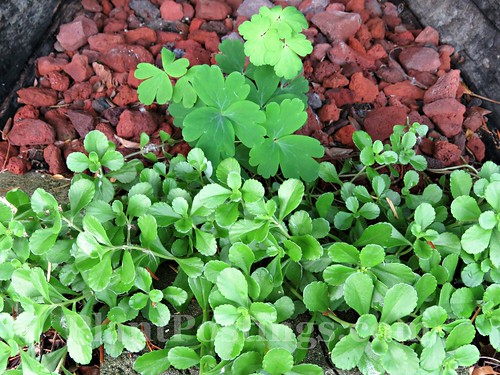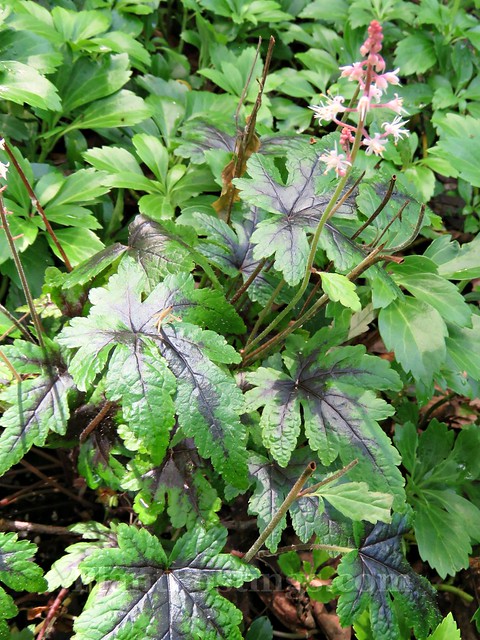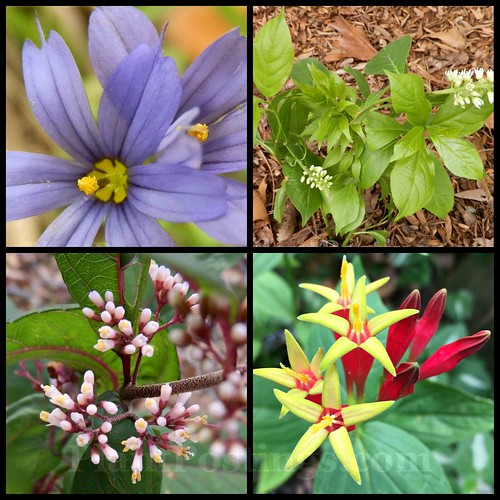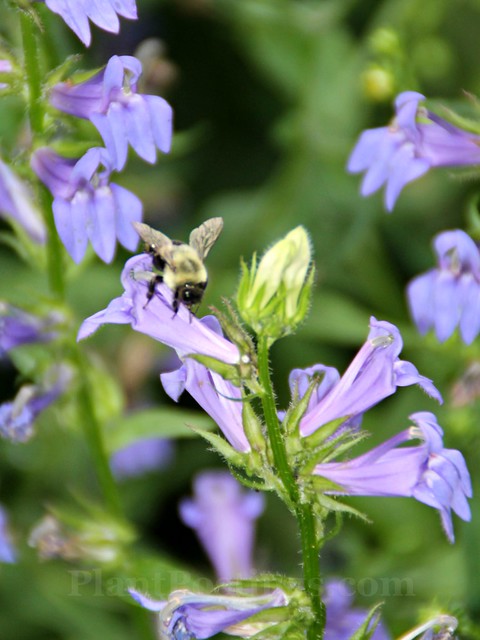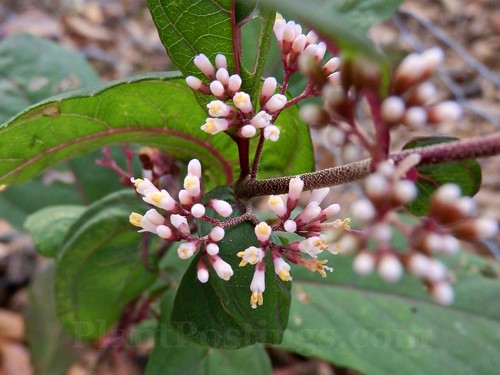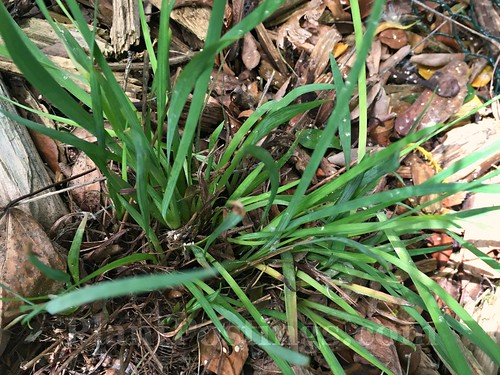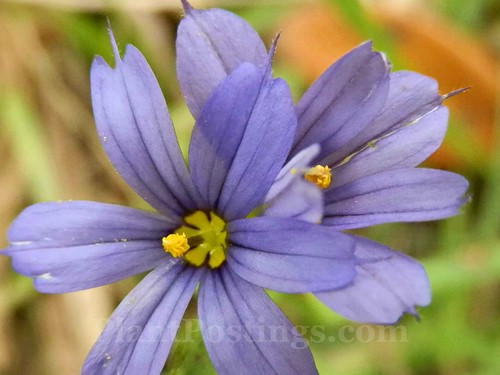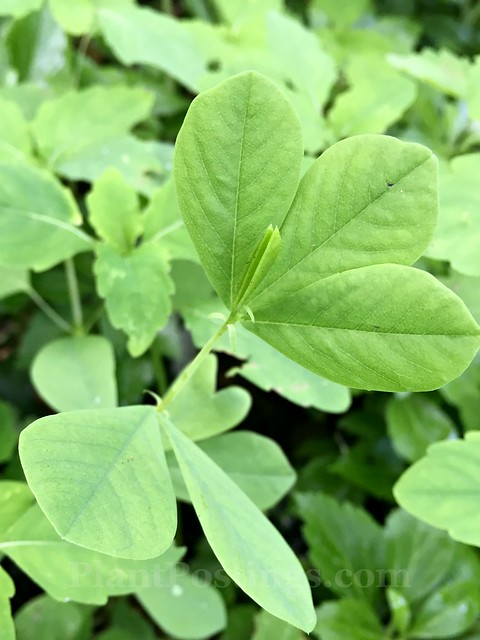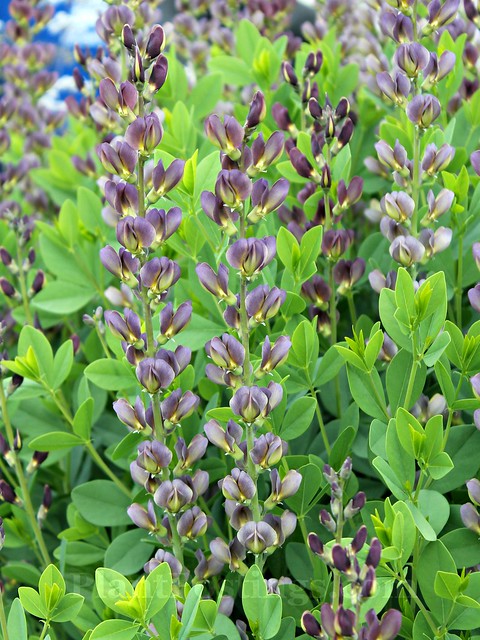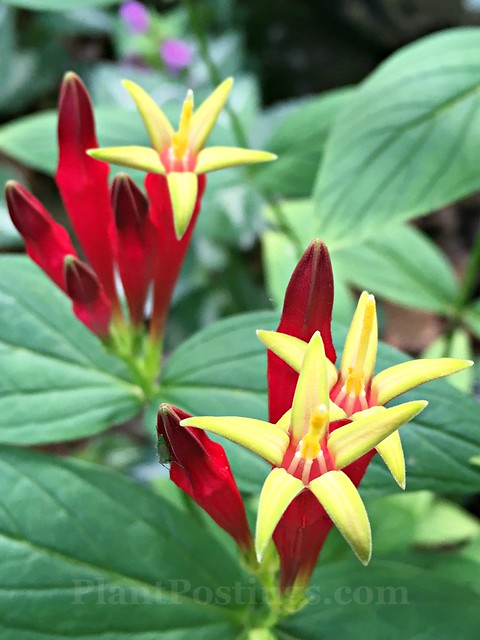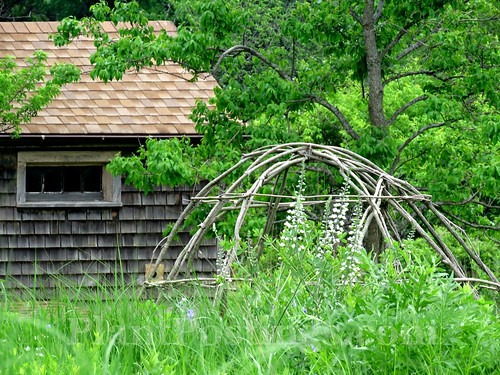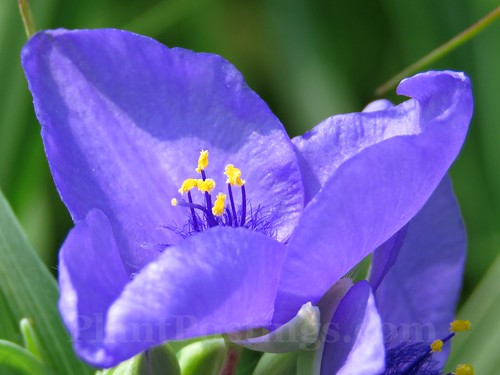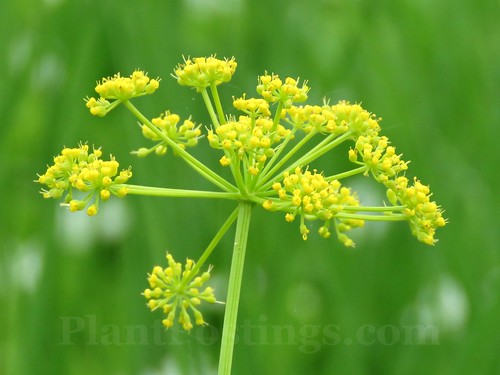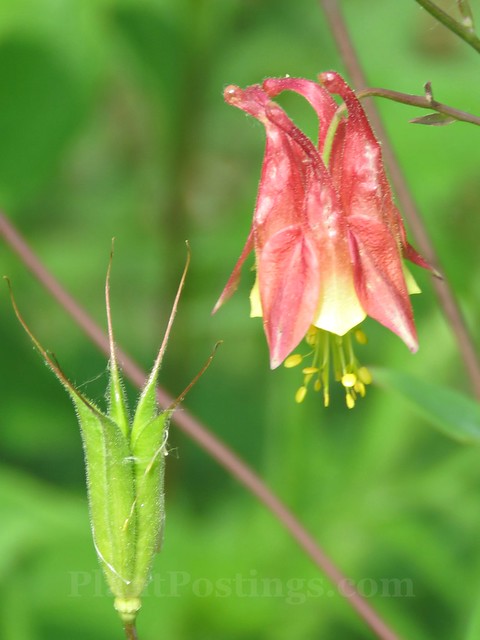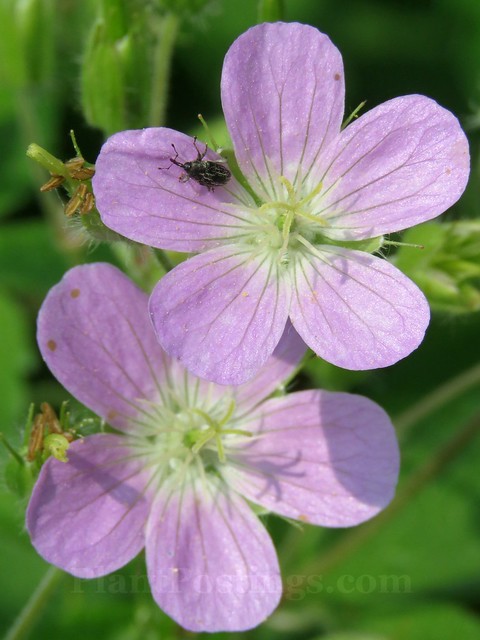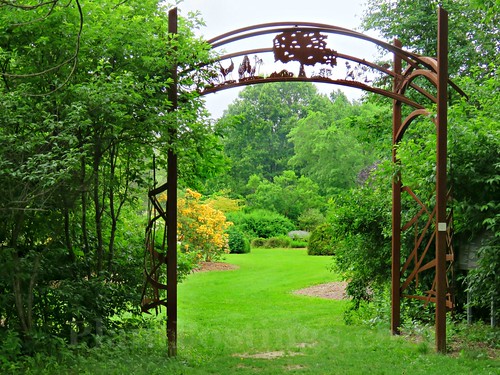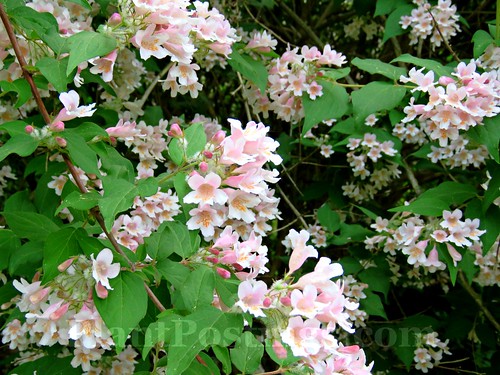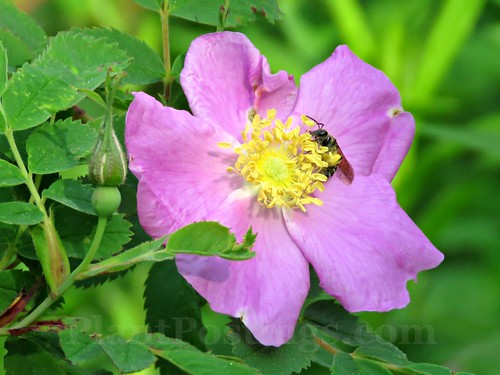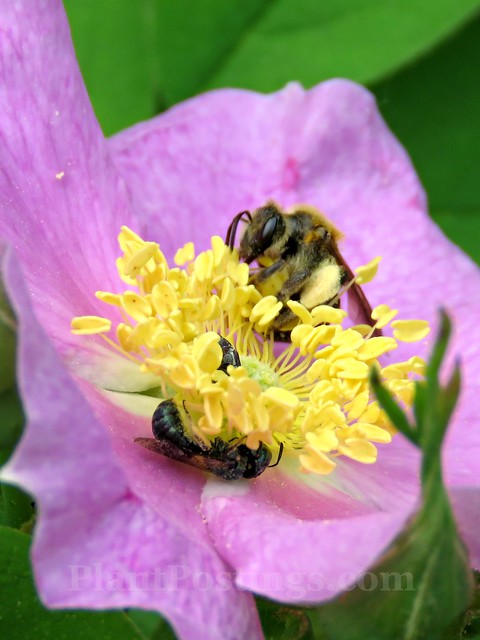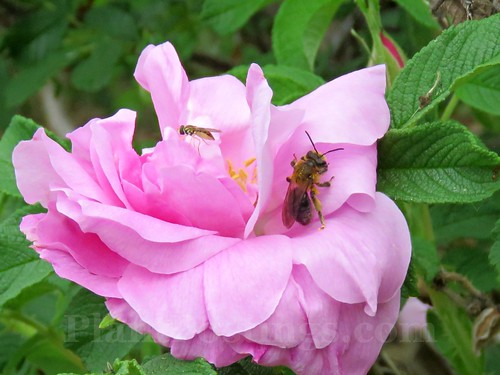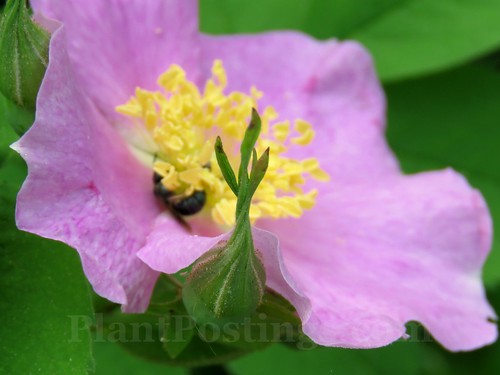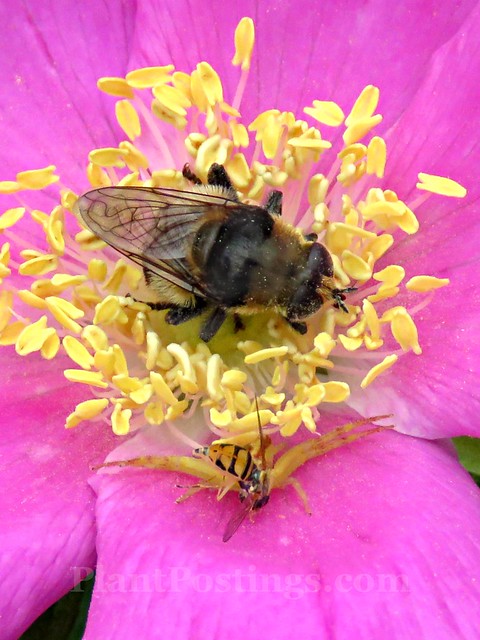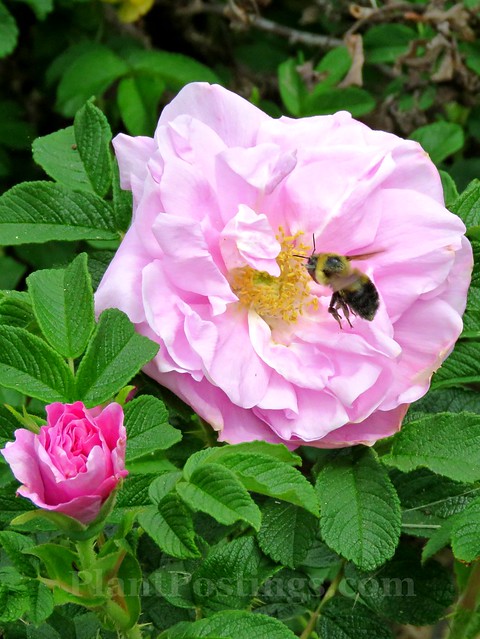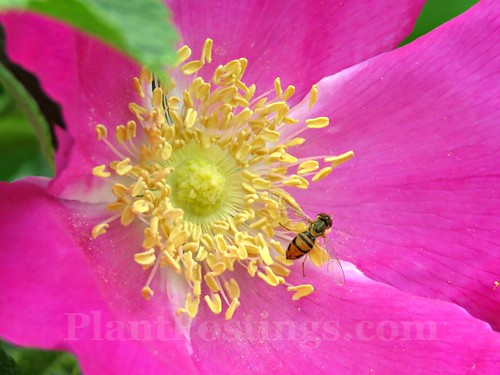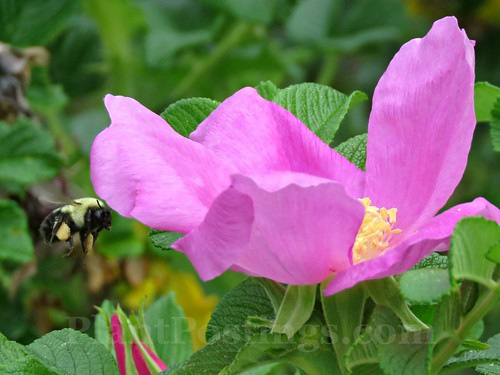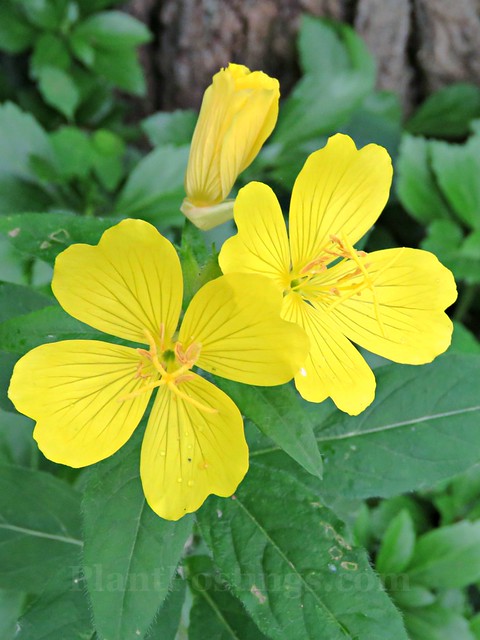
Most of the wildflowers in this garden lived here before we moved in, nearly 19 years ago. Prairie Sundrops (Oenothera pilosella) were among them. Also known as Meadow Evening Primrose, this plant has flowers that open during the day, unlike other species of the Evening Primrose family that close by midday.
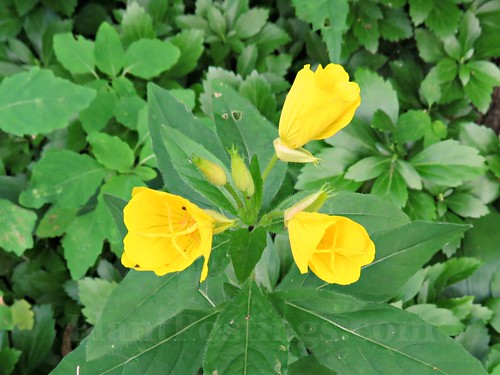
Prairie Sundrop spreads and can form dense mats. It also can be propagated with seeds.
In my garden, Prairie Sundrop is not aggressive; in fact, it's pretty much stayed in the same general area in the garden for all the years we've been here--in a small patch at the base of one of our old Oaks. It tends to bloom in mid-June through mid-July, and adds a burst of bright yellow just as some of the late spring flowers are fading. My patch is in dappled shade, although most sources recommend full sun to partial shade.

The 2" flowers are attractive in all their stages--from bud to bloom to closed flower. Each flower lasts only a few days, but the flower clusters bring new blooms for a couple of weeks.

Other than its daytime blooms, this species is similar to Common Evening Primrose (O. biennis) and Narrowleaf Evening Primrose (O. fruticosa), but it's shorter (about 1' to 2' tall), and has hairy stems and fuzzy leaves. In addition, its fruit/seedpod tapers toward the base. Like the other species, each flower has a distinctive cross-shaped stigma. The pollen on the anthers turns reddish as the flower matures.
Prairie Sundrops are native from Eastern Canada through the Midwest and south through Louisiana and Texas. Some sources say they aren't native to Wisconsin, but USDA updated maps say they are (perhaps originally more in the southern part of the state). In any case, they prefer rich, wet mesic to dry mesic soils, according to the Eloise Butler Wildflower Garden Plant Identification Guide. The flowers are visited by bees, butterflies, and other pollinators. Like other Evening Primose species, this one is a host plant to several moth species.
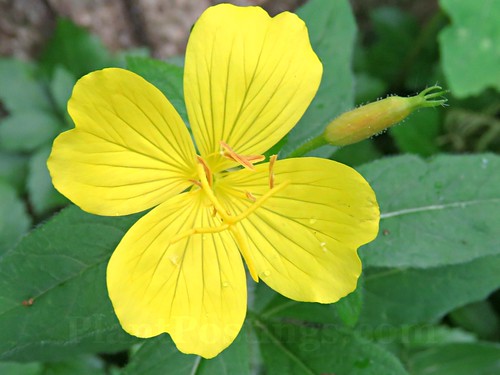
I like it. I take it for granted--of course, I shouldn't and I think I need to plant more or spread some seed.
I'm linking this post to Gail's Wildflower Wednesday meme at Clay and Limestone. Head on over to learn about wildflowers blooming around the world.
